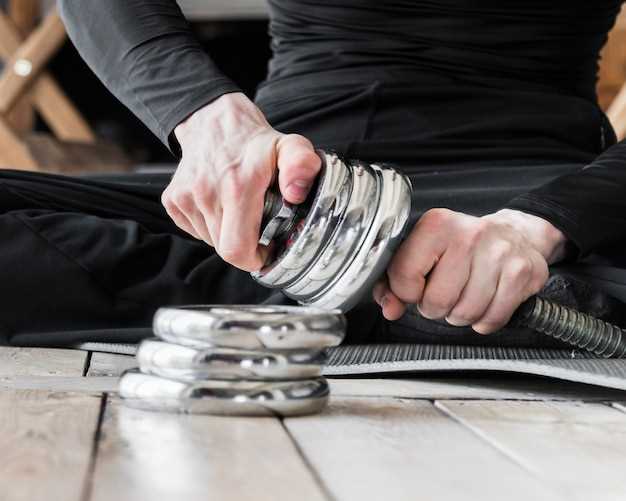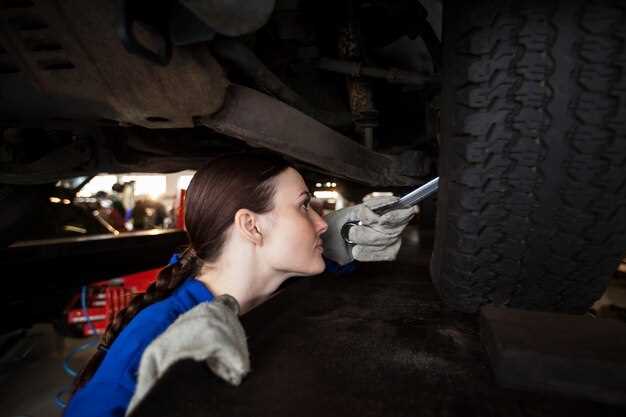
Off-road enthusiasts understand the importance of equipping their vehicles for the challenges that rugged terrains present. A well-chosen lift kit can significantly improve your vehicle’s capability to navigate obstacles, providing both increased ground clearance and enhanced suspension performance. Whether you are tackling rocky trails or muddy landscapes, upgrading your vehicle with the right lift kit is critical to maximizing its off-road potential.
Choosing the right lift kit involves considering several factors, including vehicle type, intended use, and personal budget. With a variety of lift kits available on the market, it can be overwhelming to determine which one is the best fit for your needs. From budget-friendly spacers to high-performance coilover kits, each option comes with its own set of advantages and challenges. This article will explore the top lift kits designed to enhance off-road performance, helping you make an informed decision.
In this guide, we will cover a range of products tailored for different vehicles and applications, highlighting key features, installation processes, and customer feedback. Whether you are a seasoned off-roader or a newcomer looking to elevate your adventures, understanding the available lift kits will ultimately lead to a more enjoyable and capable off-road experience. Get ready to explore the best options to elevate your ride and conquer the toughest trails.
Key Features to Look for in Lift Kits for Off-Road Vehicles
When selecting a lift kit for off-road vehicles, several essential features should be considered to ensure optimal performance and reliability. The first aspect is the lift height, which can vary significantly. A suitable height is crucial as it affects ground clearance, approach and departure angles, and overall vehicle stability.
Next, consider the type of suspension system. Kits may include options such as coil springs, leaf springs, or a combination of both. Each type offers distinct advantages regarding ride quality, load capacity, and articulation. Choosing the right suspension system is vital for enhancing off-road capability.
Quality of components is another key feature. Look for kits made from high-grade materials that are resistant to corrosion and wear. Durable shocks, heavy-duty brackets, and robust axle components can significantly impact the lift kit’s longevity and performance in harsh environments.
Compatibility with tires is also crucial. A lift kit should accommodate larger tires, which enhance traction and stability. Ensure the kit specifies the maximum tire size it supports while maintaining proper wheel alignment and clearance within the wheel wells.
Installation complexity varies among lift kits. Some kits are designed for easy installation, while others may require professional assistance. Assess your mechanical skills and choose a kit that fits your comfort level regarding installation. Comprehensive installation instructions are a valuable feature to look for.
Another important feature is adjustability. Some lift kits allow riders to fine-tune the height and suspension settings. This flexibility can be beneficial for those who frequently switch between on-road and off-road conditions, enabling them to find the perfect balance between comfort and capability.
Finally, read reviews and consider the reputation of the manufacturer. Feedback from experienced users can provide insights into the performance and reliability of specific lift kits, guiding you to make an informed decision that best suits your off-road adventures.
Comparative Analysis of Popular Lift Kits for Different Off-Road Conditions

Lift kits significantly influence a vehicle’s off-road capabilities, impacting ground clearance, approach angles, and suspension performance. Understanding how different lift kits perform under various off-road conditions is essential for selecting the right one for your needs.
For rocky terrains, kits that offer increased suspension travel, such as long-travel lift kits, are ideal. These kits enhance the vehicle’s ability to absorb shocks from rough surfaces, improving stability and comfort. Brands like Fox and King provide hydraulic shocks that effectively manage heavy rebounds and compressions, making them suitable for technical off-roading.
In muddy and swampy conditions, a moderate lift kit with larger tires is advantageous. These setups allow for better clearance to navigate through muddy patches while maintaining traction. Kits that include body lifts can provide additional height without compromising the suspension setup, making models like Rough Country popular among enthusiasts seeking improved performance in muck.
Sand driving requires lift kits that focus on increased flotation. A wider stance and larger tires are essential for maneuvering through loose surfaces. Kits that incorporate a wider wheelbase, such as those from BDS Suspension, allow for improved stability and reduced sinking, ensuring that vehicles can traverse sandy landscapes efficiently.
For snow and icy conditions, a balanced lift kit offers both clearance and stability. Kits that feature a blend of suspension enhancements and drivetrain modifications are vital. For instance, brands like Zone Offroad provide kits designed to maintain control on slippery surfaces while increasing the approach angle and clearance, essential for navigating snow-covered trails.
Lastly, for versatile off-road applications, adjustable lift kits stand out. These kits allow users to modify height depending on terrain, offering the flexibility to adapt to various conditions. Systems like Air Lift provide air-adjustable options that can be tailored to preferred driving scenarios, whether tackling steep inclines or rocky paths, ensuring optimum performance in any situation.
Installation Tips and Maintenance Practices for Optimal Lift Kit Performance

Proper installation of a lift kit is crucial for maximizing off-road performance and ensuring vehicle safety. Begin by choosing a suitable workspace, preferably a flat area that allows easy access to tools and parts. Always read the manufacturer’s installation instructions thoroughly before starting the process. Make sure to have all necessary tools, such as sockets, wrenches, and a torque wrench, on hand.
Before removing any suspension components, it’s essential to properly prepare your vehicle. Use jack stands to securely lift the vehicle and support its weight safely. This prevents any uneven shifts that could lead to injury or damage during installation. As you disassemble factory parts, keep track of all bolts, nuts, and components, labeling them when necessary for easy reassembly.
During the installation of the lift kit, ensure that all components are installed in accordance with the manufacturer specifications. Pay attention to the alignment of the suspension and check that all bolts are tightened to the recommended torque settings. This step is critical to avoid premature wear and ensure optimal performance.
After installation, it is advisable to perform a professional wheel alignment. Proper alignment prevents uneven tire wear, enhances handling, and maximizes the effectiveness of the lift kit. Additionally, inspect brake lines and other suspension components to ensure that they do not interfere with the lift kit’s functionality.
Maintenance is key to sustaining the performance of a lift kit. Regularly check all components for signs of wear or damage. Inspect bushings and joints for cracking and replace them as necessary. Keeping parts well-lubricated will reduce friction and prolong their lifespan.
Periodically examine suspension geometry and ride height, especially after extended off-road use. If you notice any discrepancies, it’s wise to reevaluate the lift kit installation and alignment. Lastly, consider scheduling a routine maintenance check every six months to ensure that all components are functioning correctly and remain secure.



